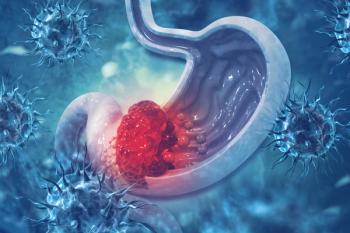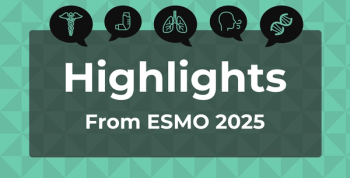
Machine Learning Model Identifies Hydroxyurea Resistance Markers in PV
Key Takeaways
- Machine learning identified RDW and HGB as key predictors of hydroxyurea resistance in polycythemia vera, aiding early identification and treatment adjustment.
- The PV-AIM study used electronic health records to identify factors associated with hydroxyurea resistance, emphasizing the importance of early stratification.
Machine learning identifies key biomarkers predicting hydroxyurea resistance in polycythemia vera, enhancing early treatment strategies and patient outcomes.
A new machine learning–powered analysis has identified potential biomarkers of hydroxyurea resistance among people with
People with PV often have a high symptom burden and a high risk of complications like thromboembolic events (TEs), noted corresponding author Florian H. Heidel of the Hannover Medical School, in Germany, and colleagues. Hydroxyurea is the most frequently utilized first-line cytoreductive therapy for patients with PV, they added. The problem is that many patients will develop resistance to hydroxyurea (HU-RES).
Heidel and colleagues said the
One of the key ways to manage thromboembolic event risk in PV is by controlling hematocrit, often by prescribing hydroxyurea. If patients develop resistance to the therapy, however, they face a higher risk of mortality, the authors noted.1
“Therefore, early identification of HU-RES will enable patients to be switched to alternative treatments promptly,” they wrote.
The new report, which is part of the PV-AIM project, leveraged electronic health record data for more than 82,000 people with PV. After screening the data set to identify patients who had been prescribed hydroxyurea and who met inclusion criteria, they found 1850 patients who had one or more laboratory results or observations within the 6 months prior to the study’s index date. Of those, 1304 were included in the study’s model development process. Seven hundred and thirty-three of those patients were identified as developing resistance to hydroxyurea.
The model found 10 pre-index variables that were most predictive of HU-RES, Heidel and colleagues said. Among the factors were pre-treatment hematocrit (HCT) levels and annual frequency of phlebotomies. In addition, they found that RDW levels above 17% in combination with HGB levels above 15.5 g/dL were linked with additional HU-RES risk.
“Importantly, these variables, RDW and HGB, can be measured easily using standard laboratory tests, making them accessible tools for physicians,” they wrote.
The authors said the synergistic interaction between those two factors could help shape clinical decision-making. They said it is important to proactively schedule laboratory tests before testing patients with hydroxyurea to identify those at high risk of resistance.
“This early stratification would enable clinicians to proactively consider alternative therapeutic strategies, such as transitioning patients to second-line treatments like ruxolitinib, thereby potentially reducing morbidity associated with delayed intervention and improving patient outcomes,” they wrote.
Heidel and colleagues noted that their retrospective analysis is subject to several limitations. They are now in the process of validating their findings in a
The authors also said their findings may warrant a refinement in terminology. The term “hydroxyurea resistance” has traditionally been attributed to intrinsic molecular or immunological mechanisms.
“However, we argue that in PV, resistance should be considered in the context of the disease itself, rather than solely as a failure of the molecular inhibition of DNA synthesis,” they wrote.
In PV, the need for ongoing phlebotomy and the persistence of HCT levels may indicate that the “resistance” is more due to the progressive nature of the disease as opposed to a molecularly driven loss of efficacy. Thus, they said, it might be worthwhile to update the terminology used to describe resistance to better delineate between molecular resistance due to intrinsic biological mechanisms and clinical resistance, where the disease’s trajectory sparks the need for alternative strategies.
“This more nuanced approach aligns better with heterogeneous response patterns observed in PV and provides a clearer rationale for treatment decisions,” they concluded.
References
- Heidel FH, De Stefano V, Zaiss M, et al. Prediction of resistance to hydroxyurea therapy in patients with polycythemia vera: a machine learning study (PV-AIM) validated in a prospective interventional phase IV trial (HU-F-AIM). Leukemia. Published online April 25, 2025. doi:10.1038/s41375-025-02623-5
- Verstovsek S, Krečak I, Heidel FH, et al. Identifying patients with polycythemia vera at risk of thrombosis after hydroxyurea initiation: The Polycythemia Vera-Advanced Integrated Models (PV-AIM) project. Biomedicines. 2023;11(7):1925. doi:10.3390/biomedicines11071925
Newsletter
Stay ahead of policy, cost, and value—subscribe to AJMC for expert insights at the intersection of clinical care and health economics.







































